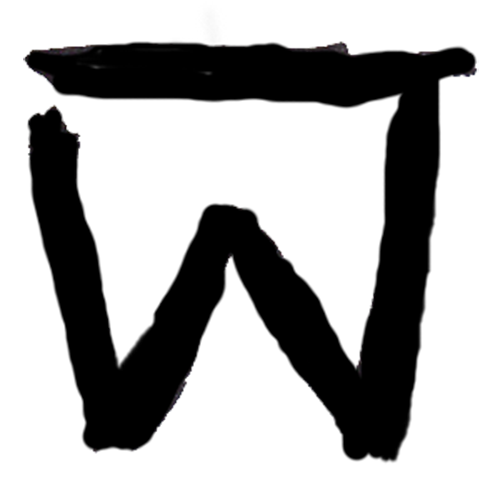Ways of Seeing
2014
John Berger’s ‘Ways Of Seeing’ is a collection of essays that were adapted from a BBC documentary of the same name. In both versions, Berger discusses the instincts and historical influences that affect our perception when we ‘see’ something. He uses many different paintings, photos, and graphics to illustrate this language of images. After studying the book I noticed how often Berger refers to film and video, and how there are a number of times that he uses image sequencing as an example to make a point. Re-watching the series convinced me of how effective video could be as a medium for expressing these ideas, but I thought they might benefit from being presented in a less laid-out, documentary style. The videos each accompany a different quote from the book, and are each attempts to present a selection of Berger's principals in a way that both outlines and embodies them.
1."When a painting is reproduced by a film camera it inevitably becomes material for the film-maker’s argument. A film which reproduces images of a painting leads the spectator, through the painting, to the film-maker's own conclusions. The painting lends authority to the film maker... In a film the way one image follows another, their succession, constructs an argument which becomes irreversible.”
(John Berger, Ways of Seeing pg 19)
"The meaning of an image is changed according to what one sees immediately beside it or what comes immediately after it. Such authority as it retains, is distributed over the whole context in which it appears."
(John Berger, Ways of Seeing pg 22)
“The camera showed that the notion of time passing was inseparable from the experience of the visual... What you saw depended on where you were when. What you saw was relative to your position in time and space.”
(John Berger, Ways of Seeing pg 11)
